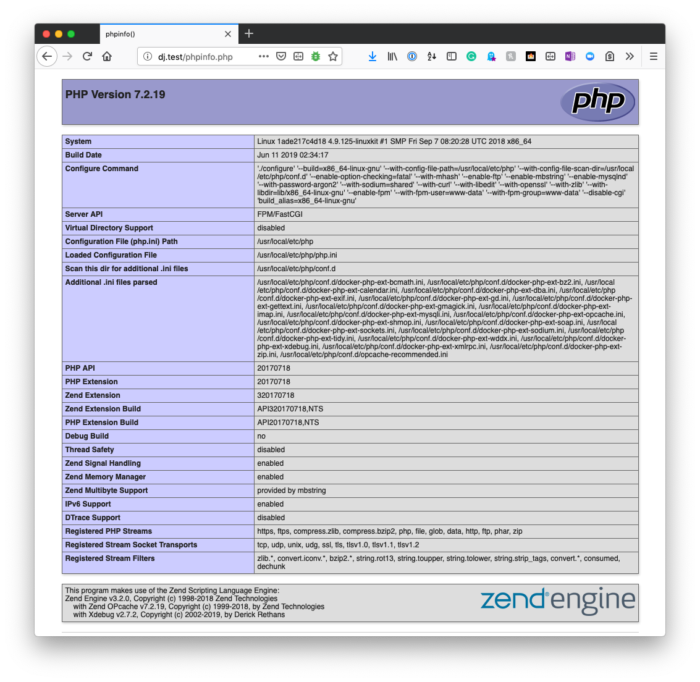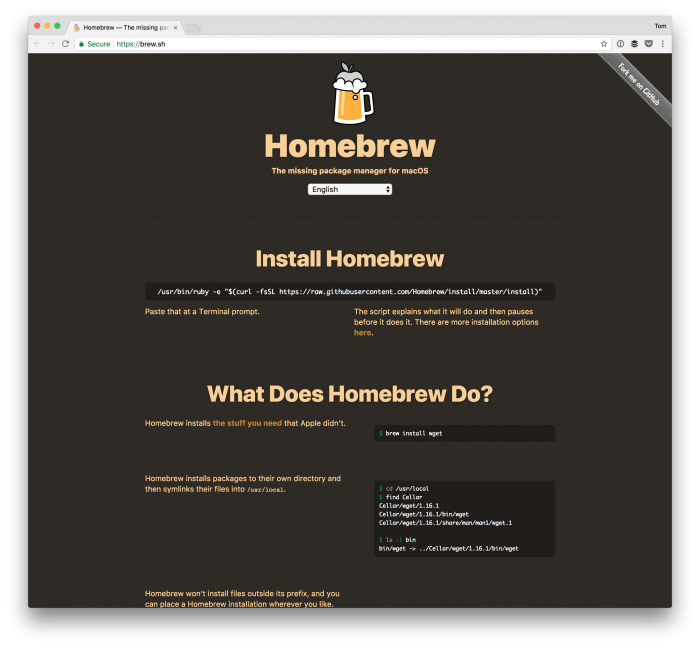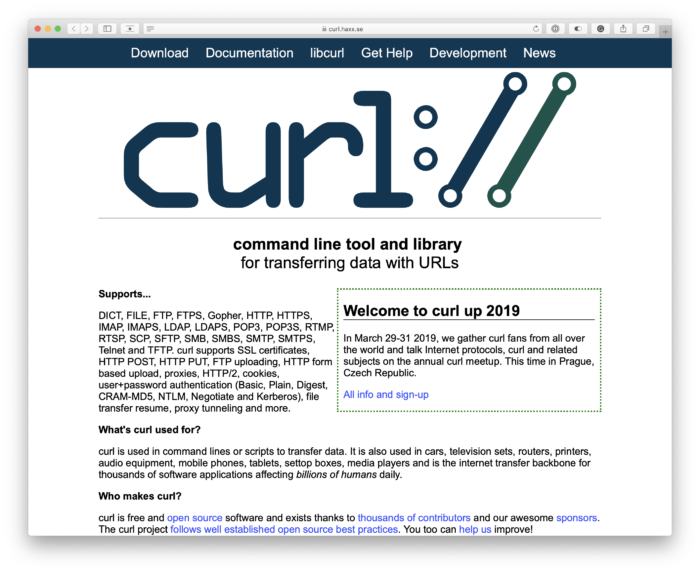cURL is a very popular PHP library that I’ve referenced in several posts other posts (1 and 2, for example). And it’s one that I think should be reviewed, explored, and possibly used by anyone working in PHP (yes, even those working in WordPress).
But because of the native WordPress APIs, we do have a level of abstraction that allows us to achieve much of the same functionality (if not the same functionality).
Specifically, I’m talking about wp_safe_remote_get.
This function is ideal when the HTTP request is being made to an arbitrary URL. The URL is validated to avoid redirection and request forgery attacks.
I specifically mention the safe variant of this function for the definition above (there is another variant, but it’s important to take precautions against arbitrary URLs for security reasons).
Continue reading





